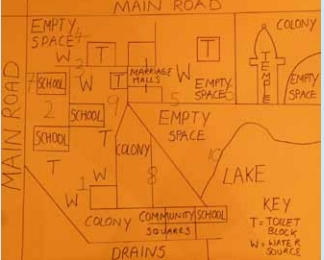Published on: 13/05/2013

Senior police official Arvind Pandey from the Indian state of Bihar told the BBC that 400 women would have “escaped” rape in 2012 if they had toilets in their homes. The rapes take place when women go outside to defecate early in the morning and late evening. These “sanitation-related” rapes make up nearly half of the more than 870 cases of rape in Bihar in 2012.
The BBC news item lists three specific cases:
In Bihar, 75.8% of homes have no toilet facilities (Census 2011). Some 49% of the households without a toilet wanted one for “safety and security” for women and children, according to a study by Population Service International (PSI), Monitor Deloitte and Water for People.
Reference:
Heise, L., 2013. Danger, disgust and indignity : women’s perception of sanitation in informal settlements. Powerpoint presented at “Making connections: Women, sanitation and health”, 29 April 2013, London School of Hygiene and Tropical Medicine (LSHTM). (Link to video below).
Source: Amarnath Tewary, BBC, 09 May 2013 (link below).